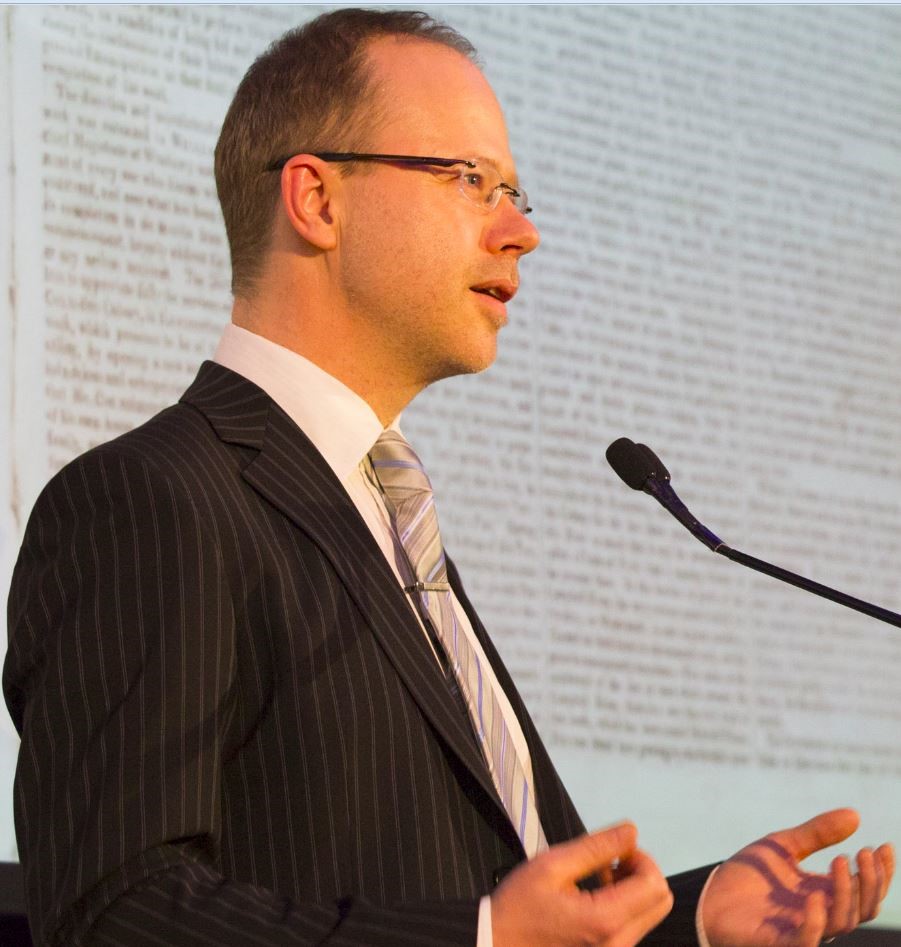The Archives
-
Communication and Media Studies, Cultural Studies, Digital Scholarship, Historical Studies, Humanities, Life Writing
Migration Experiences: Acknowledging the Past, and Sustaining the Present and Future
05.12.18 | Permalink | Comments Off on Migration Experiences: Acknowledging the Past, and Sustaining the Present and FutureAustralia is recognised as one of the world’s most culturally and ethnically diverse nations. Immigration has historically played an important role in the nation’s economic, social and cultural development. There is a pressing need to find innovative technological and archival approaches to deal with the challenge to digitally preserve Australia’s migrant heritage, especially given the ageing of the European communities that were the first to come under the postwar mass migration scheme. This paper reports on plans for a national collaborative project to develop the foundational infrastructure for a dynamic, interoperable, migrant data resource for research and education.
The Migration Experiences platform will connect and consolidate heterogeneous collections and resources and will provide an international exemplar underscoring the importance of digital preservation of cultural heritage and highlighting the opportunities new technologies can offer.
-
Cultural Studies, Digital Scholarship, e-Research, Humanities
Launch of HuNI Virtual Laboratory for Australian Cultural Data
01.11.14 | Permalink | Comments Off on Launch of HuNI Virtual Laboratory for Australian Cultural DataThe Humanities Networked Infrastructure (HuNI) is a national Virtual Laboratory project developed as part of the Australian government’s NeCTAR (National e-Research Collaboration Tools and Resources) program. HuNI combines information from 30 of Australia’s most significant cultural datasets. These datasets comprise more than 2 million authoritative records relating to the people, organisations, objects and events that make up Australia’s rich cultural heritage. HuNI also enables researchers to work with and share this large-scale aggregation of cultural information. HuNI has been developed as a partnership between 13 public institutions, led by Deakin University. By providing researchers worldwide with access to the combined resources of Australia’s most important cultural datasets and information assets, HuNI is recognised as the first national, cross-disciplinary virtual laboratory of its kind to be established anywhere in the world.
-
Communication and Media Studies, Cultural Studies, e-Research
Connecting and Enabling the Humanities and Social Sciences
06.02.12 | Permalink | Comments Off on Connecting and Enabling the Humanities and Social SciencesIn today’s era of ubiquitous computing and global online connectivity, e-research is enriching research across a growing range of academic disciplines. Its reach is extending beyond the science and technology fields where it originated, and is now “penetrating the social sciences and humanities, [though] sometimes with differences in accent and label” (Jankowski, 2009). This chapter discusses some of the ways in which humanities researchers are embracing new digital resources, formats and modes of collaborating in ways that further the traditional goals of humanities research, “to better understand ourselves, our history, and our cultural heritage” (Cole, 2007). Topics covered in this chapter include the growing opportunities for collaborative and interdisciplinary approaches, building the information commons for public benefit, and the growing need for strategic investment in research infrastructure to support the humanities.
-
Communication and Media Studies, Cultural Studies, e-Research, Humanities
eResearch Infrastructure for the Humanities, Arts and Social Sciences
29.04.11 | Permalink | Comments Off on eResearch Infrastructure for the Humanities, Arts and Social SciencesAustralian researchers are recognised internationally for delivering solutions to the most complex and challenging questions facing cultures and communities. Their contributions are vital to the nation’s social wellbeing. Encompassing the study of society, identity, economy, business, governance, history, culture and creativity, this broad field links universities, government agencies, collecting institutions and creative industries with policy development and with communities. However, complex issues of national and global significance cannot be solved in isolation. They demand collaborative approaches which in turn require the infrastructure to support them. Across all sectors, research practices are being fundamentally influenced by leading-edge ICT, and social and cultural data of immense significance is being generated in many different forms. With considerable investment worldwide in eResearch infrastructure, innovation in the humanities, arts and social sciences is increasingly dependent on enabling technology to support research excellence.
-
Communication and Media Studies, Digital Scholarship, e-Research, Humanities
Virtual Strangers: e-Research and the Humanities
25.01.09 | Permalink | Comments Off on Virtual Strangers: e-Research and the HumanitiesThe Arts and Humanities have traditionally been worlds apart from Science and Technology in their ways of pursuing and generating knowledge and understanding. So much so that the famous term, ‘The Two Cultures’, coined in the mid twentieth century by C. P. Snow to describe the vast gap between these discipline areas, is still current and relevant.[i] It continues to dominate the organisation of disciplines in universities and drive the distribution of most national research funding. However, quite suddenly, at the end of the twentieth century, the digital environment began to trigger major changes in the knowledge economy, with the result that the humanities were thrown unexpectedly and involuntarily into a close relationship with technology. As one might expect in any forced marriage, it was not a case of love at first sight. In fact, the humanities have exhibited the full range of reactions—from totally ignoring the other, through unashamedly raiding their wealth, to wholeheartedly embracing the exciting future they seem to offer. Whatever the reaction, it is clear that the humanities are now inescapably entangled with technology, for better or worse, and the two cultures are connecting more than ever before, notably in the new research activities and spaces signalled by the term ‘e-research’.






